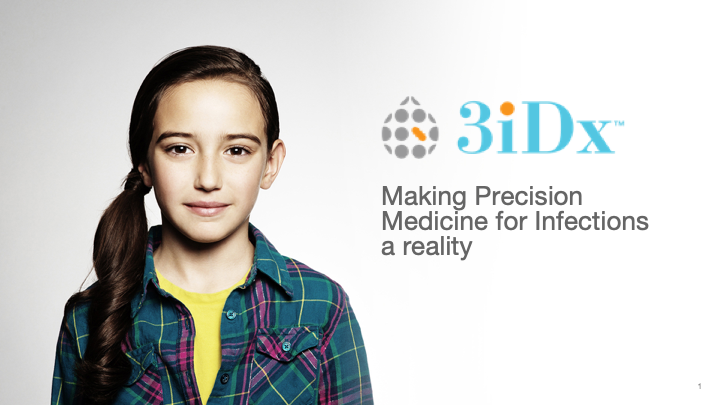The Seventy-fifth World Health Assembly is being held in Geneva, Switzerland, from May 22-28, 2022. It is the first in-person Health Assembly since the start of the COVID-19 pandemic. On the occasion of the start of this assembly, many health-related organizations have released statements on healthcare priorities, inequities, and focus for the future.
Some of these observations relating to diagnostics caught our attention. We list four of them below and see them as further motivation for the work that we are doing at 3i Diagnostics.
- The capacity to perform basic tests is available in just 1% of primary care clinics in low- and middle-income countries.
- No diagnostic tests exist for 60% of the pathogens identified by the World Health Organization (WHO) as having the greatest outbreak potential. There are also no appropriate tests for half of the top 20 diseases responsible for the most lives lost.
- Using COVID tests as an example, high-income countries use COVID tests at 10–100 times the rate of middle- and low-income countries. So, if tests are not inexpensive, testing is likely to be deficient.
- Early diagnosis has been consistently linked to improved health outcomes and reduced out-of-pocket spending. However, diagnosis is the weakest link in healthcare systems globally.
One of the key learnings from COVID-19 is that investing in diagnostics will be central to rapid response to outbreaks and delivering appropriate care for infections. Deficiencies in testing affect not only people’s lives, but communities and economies, as COVID-19 clearly showed.
